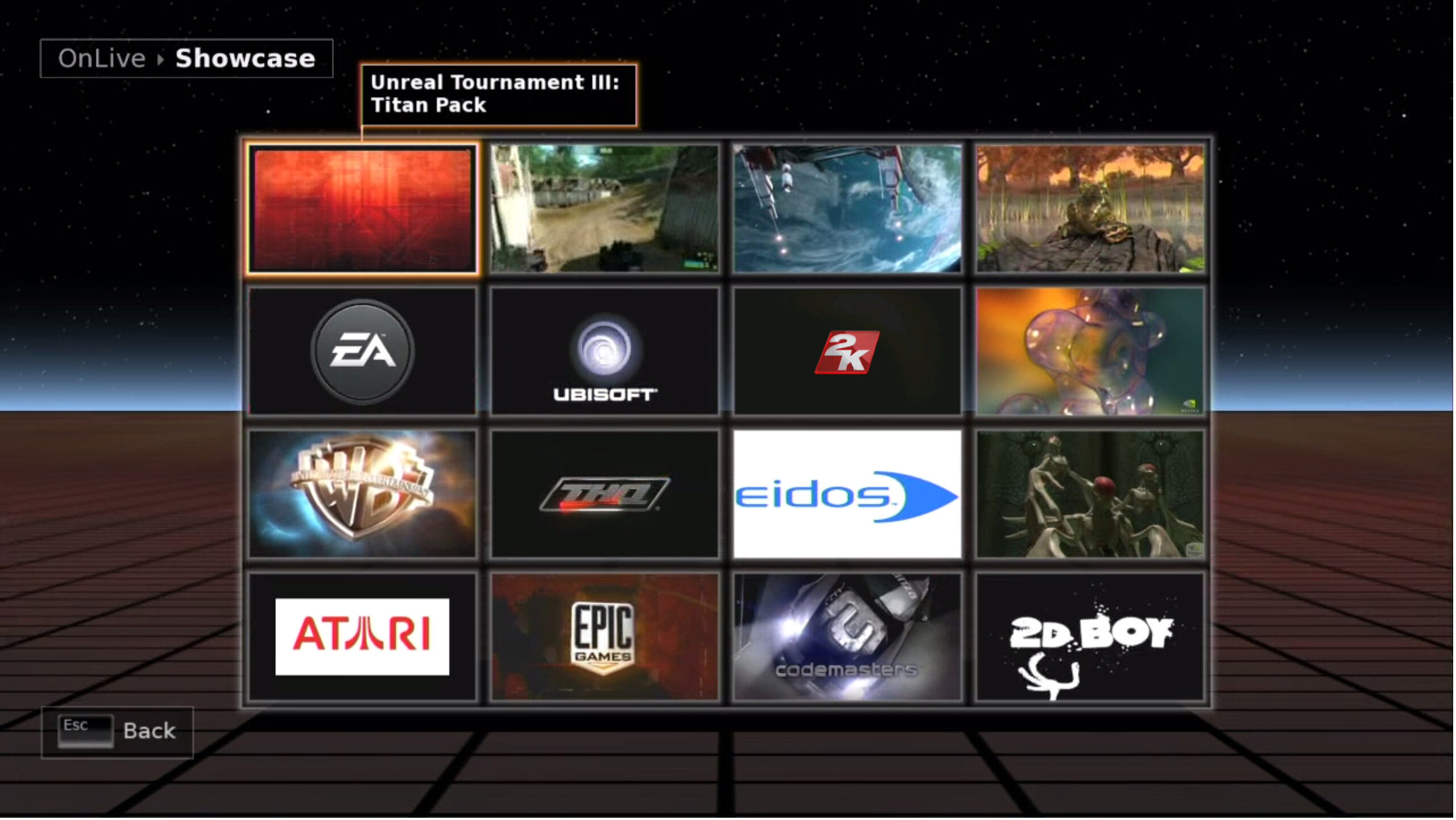The video gaming world is bracing for a cloud-based, console-less future. By ditching expensive PCs and consoles, and making games accessible on the devices people already own like smartphones, tablets, and laptops, this segment of the entertainment industry has the opportunity to create a whole new demographic of “gamers.” It’s a positive, fundamental change in how the industry operates — however, technical challenges with the centralized cloud will be an obstacle the industry must overcome for these new platforms to be truly successful.
The history of cloud gaming
The truth is that console-less gaming is not necessarily a revolutionary idea. In fact, there have been many previous attempts to bring cloud gaming to life. In 2005, video game developer Crytek launched initial research and development efforts around cloud gaming, but ultimately quit after about two years. Then, OnLive rolled out its “micro-console” service at E3 in 2010, only for the company to collapse in 2012. Finally, G-cluster’s “Game Machine” debuted at CES in 2013, but the service never really took off. All these initiatives have two things in common: they required significant investments (both in money and time) to create, and they all quickly flopped.

Unlock premium content and VIP community perks with GB M A X!
Join now to enjoy our free and premium membership perks.
![]()

![]()